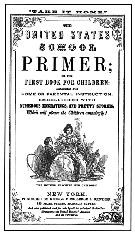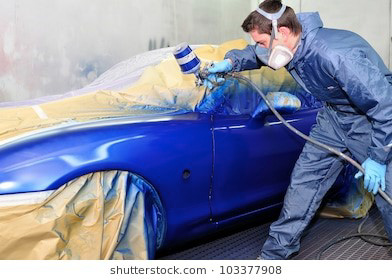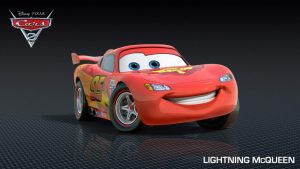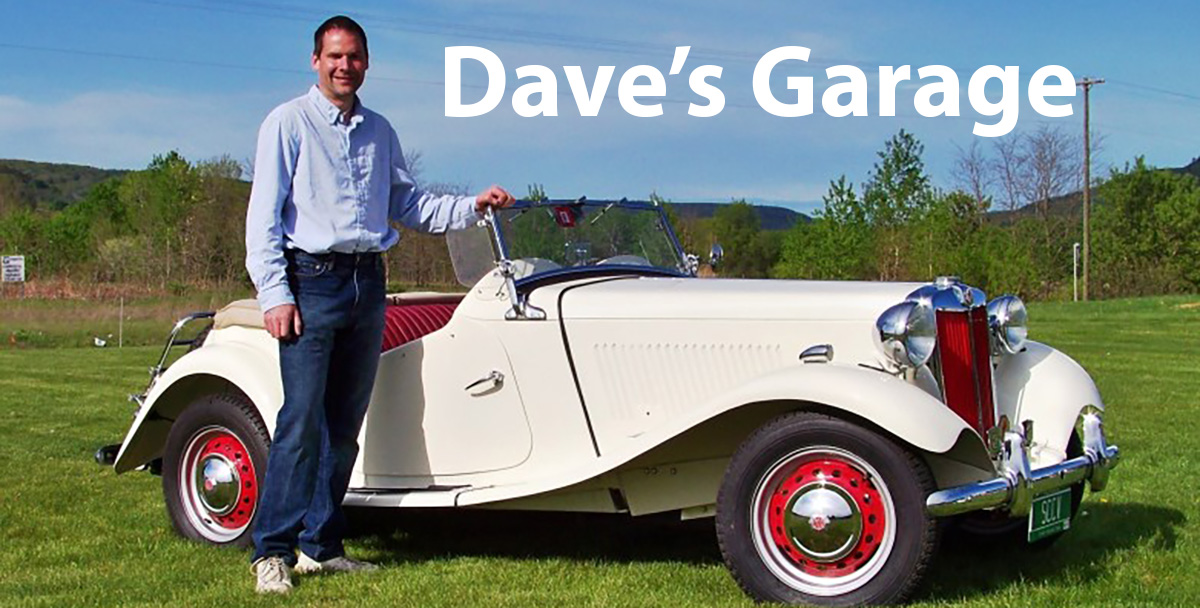 My last column discussed the evolution in paint technology. This month, I will talk about what is under the paint and talk about primers.
My last column discussed the evolution in paint technology. This month, I will talk about what is under the paint and talk about primers.
Automotive primers have come a long way in the last few decades. Primers serve several functions. First, they bond to and protect bare metal. Second, they fill very small imperfections. Third, they provide a stable base foundation for the top coat, or color paint.
Why are there so many types of primer? Not too long ago, primers were lacquer based. If the top coat was lacquer this was simply applied over the primer. If the top coat was an enamel paint, an enamel primer/sealer was applied over the lacquer primer. These primers were often unstable, and did little to protect metal from corrosion. Lacquer primers would shrink months or years after being sprayed, showing sanding marks and causing the top coat of paint to crack. Lacquer base primers do not shed water, they actually absorbed some moisture. This moisture would then find its way down to the bare metal. Of course, lacquer based paint will go back to a liquid when exposed to a solvent, like lacquer thinner.
 Acid etching primers did a good job of adhering to bare metal, but offered little corrosion protection.
Acid etching primers did a good job of adhering to bare metal, but offered little corrosion protection.
Epoxy primers, or “2K” primers bond well to bare metal, and also offer excellent corrosion protection. Epoxy primers are not sandable, and do not work well as a primer surfacer.
Primer-surfacers are used for final body work to give a smooth, flat surface foundation for the top coat or color paint. These primers have filler in them, and are easily sandable. These are the primers that are laboriously block sanded until the surface is smooth and flat.
Once the block sanding is done the primer is sealed with a sealer primer.
Final paint will show color shift if painted over different color primers, and will also show any sanding marks. Color paint is only a pigment, and will not hide anything underneath.
Confused yet? Don’t be. There is a system to priming. You may remember about 20 years or so ago car ads talked about the multi layers of paint. As urethane paints began to dominate the automotive paints, these “multi-layer” paints became standard.
First, an epoxy, or catalyzed primer coats and seals bare metal. There may be a self etching or acid etching primer under the epoxy primer. Epoxy primer has exceptional adhesion and corrosion protection.
 Over the epoxy primer is a primer surfacer. This primer is sanded smooth and flat. Over the primer surfacer is a sealer. The purpose of the sealer is to provide a thin, hard, smooth surface over the primers for the color coat. Without the sealer primer, sanding marks and color changes will show in the top coat of paint. Sealers need to be top coated relatively quickly for the color paint to bond well.
Over the epoxy primer is a primer surfacer. This primer is sanded smooth and flat. Over the primer surfacer is a sealer. The purpose of the sealer is to provide a thin, hard, smooth surface over the primers for the color coat. Without the sealer primer, sanding marks and color changes will show in the top coat of paint. Sealers need to be top coated relatively quickly for the color paint to bond well.
If the color coat is a base/clear system, then there are two additional layers of paint on top of the primers.
I am amazed at how well these new primers work. I have had excellent results with using epoxy primer for rust repair. The rust repair actually outlasts the factory corrosion protection. Two part catalyzed primer surfacers are easy to sand, and remain stable forever. No more sanding marks showing up months after a car is painted. I often use epoxy primer thinned with reducer as a sealer. It is a bit more expensive than sealer, but it is one less product to have on hand, and I have been very pleased with the results.


Leave a Reply